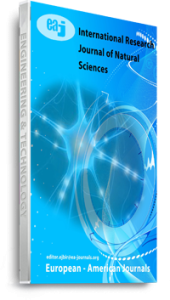The activity of animals is defined mostly by internal genetic mechanisms, but physical factors, such as temperature, soil Ph, light duration, and humidity, play a role in the regulation of this biological process. For centipedes, for example, humidity is one of the key environmental factors that determines their distribution and activity. However, abiotic and biotic factors such as soil pH, temperature, vegetation type, and human disturbance remain relatively understudied and little is known on their importance for the centipede activeness. Here we present a study on the habitat preferences and seasonal activity of Lithobius nigripalpis L. Koch, 1867, a species that is widely distributed in the Balkan Peninsula, adjacent parts of Romania, and Anatolia. The study was carried out from May 2007 to May 2009 in the city of Shumen, NE Bulgaria, and its surroundings. Pitfall trapping had been used to determine the seasonal activity and habitat preferences of the species in a range of ecosystems subjected to different degrees of human pressure. Using the software packages SPSS 9.0 and Stat Plus 3.5.3.a number of statistical analyses were employed to test which environmental factors are relevant to the activity and distribution of the species. Our study revealed that in the studied region L. nigripalpis is euryoecious species, which occurs in all habitat types. However, it demonstrates clear preference for undisturbed open habitats, in particular xerothermic shrubby grasslands of the phytocoenose Festuco-Brometea. The current levels of urbanization of the city do not seem to have any significant effect on the distribution and activity of the species concerned. L. nigripalpis exhibits highest activity during summer season (June to September), with peaks in July and August. The environmental factors that have highest significance for its seasonal activity are air and soil temperature, and soil humidity.
Keywords: Analysis Of Variance, Correlation, Habitat Preferences, Lithobius Nigripalpis, Regression Model

